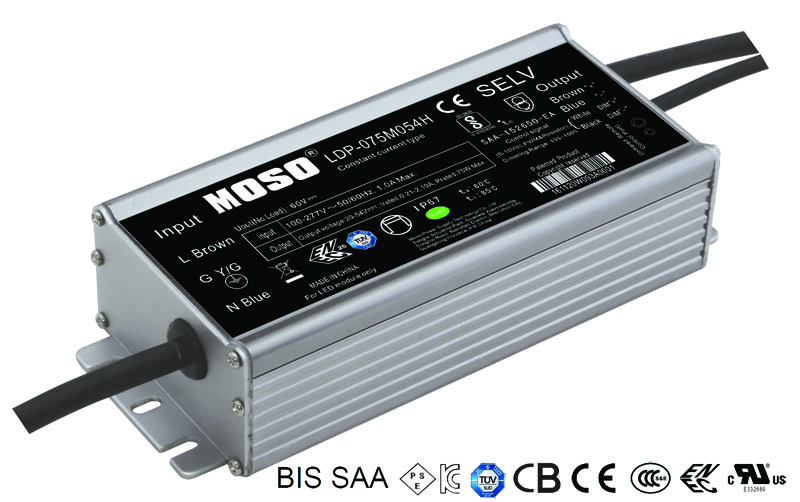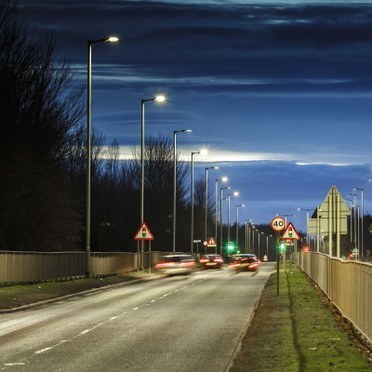Medical imaging: two highs and one low
The core tip of the electronic enthusiast network : Like all industries that rely heavily on technological progress, medical imaging equipment manufacturers have to continuously improve their products-mainly to improve the imaging quality of the system. Whether it is ultrasonic reflected sound waves, magnetic resonance imaging (MRI) magnetic disturbances or positron emission tomography (PET) positron emission, most medical imaging techniques require patient signal receiving sensor arrays. The most direct way to improve imaging quality is to expand the scale of the sensor array. But because more sensors are added to the device, the signal chain that transmits the signal to the processing engine must add electronics. (The "two highs and one low" in the title refers to the high integration, high performance and low power consumption mentioned below.)
At the same time, manufacturers must also reduce their system size, reduce power consumption and improve performance. The performance enhancement of one aspect of the system may bring challenges to other aspects. Simply adding sensors and signal chains may cause adverse effects including increased system size and power consumption. However, the latest generation of signal chain components used in medical imaging systems allows medical system designers to improve signal chain density and power consumption without affecting dynamic performance—that is, the system achieves higher imaging quality and lower power at the same time. Consumption and smaller size.

Figure 1 Functional structure of ultra-low power VGA
Components of medical imaging receiver
For most typical medical imaging applications, each element of the sensor array requires its own signal chain to transmit and convert the sensor's small signal response into a matched small signal response for digital signal processing. Because the signal response properties of imaging sensors are different, the three main active components are usually inseparable during the signal conversion process. The first is the low noise amplifier (LNA), whose main function is to fix the noise factor (NF) of the analog system as low as possible. The second amplifier is usually after the LNA to best match the signal of the final input swing of the analog-to-digital converter (ADC).

Figure 2 Comparison of noise figure and selected VGA performance
Applications such as MRI, which usually have little swing in signal amplitude, can use fixed gain stages. However, if the system differs greatly in signal strength (such as ultrasound), the system requires a variable gain amplifier (VGA) and a programmable gain amplifier (PGA) before the ADC. After passing through the ADC, the analog signal will be converted into a digital signal and ready to be sent to the system's digital signal processor (DSP). This process generally completes the signal processing and conversion into the final stage through a field programmable gate array (FPGA). For MRI, there may also be a series of mixing stages between the LNA and the amplifier to convert the radio frequency (RF) energy of the magnet into low frequency energy. Because each element requires three or more devices, and each time the sensor is doubled, the number of analog components receiving the signal chain may need to be increased by 6 to 10 times! In addition, not to mention the increase in power consumption requirements. No wonder system designers are constantly asking component suppliers to innovate their new integrated circuit (IC) designs to solve size-related problems.
MOSO provides a wide range of IP67 Outdoor LED Driver supporting 0-10V, PWM, resistor and DALI dimming from 25W to 320W. All MOSO led driver for street lighting use aluminum metal case and are fully glue-potted for good dissipation. Surge protection is also built in outdoor led driver to protect street lights from lightning.


To meet different demand from different market, MOSO developed several series outdoor led driver supporting 108-305Vac, 90-305Vac, 249-528Vac different input ranges and got global certificates like CE, TUV, UL, ENEC, SAA, BIS, KC, etc..
MOSO has set several distributors in Europe, United States, Latin America, Asia and Australia. All MOSO outdoor led driver provide 5 years global warranty. In case of any failure, customers can get replacement either from MOSO directly or any one of MOSO distributors.
MOSO always dedicates to providing professional outdoor lighting solutions. Please feel free to contact our sales team if you need any support!
Street Light LED Driver,Outdoor LED Driver,Waterproof Street Light LED Driver,Quality Street Light LED Driver
Moso Electronics , https://www.mosoleddriver.com